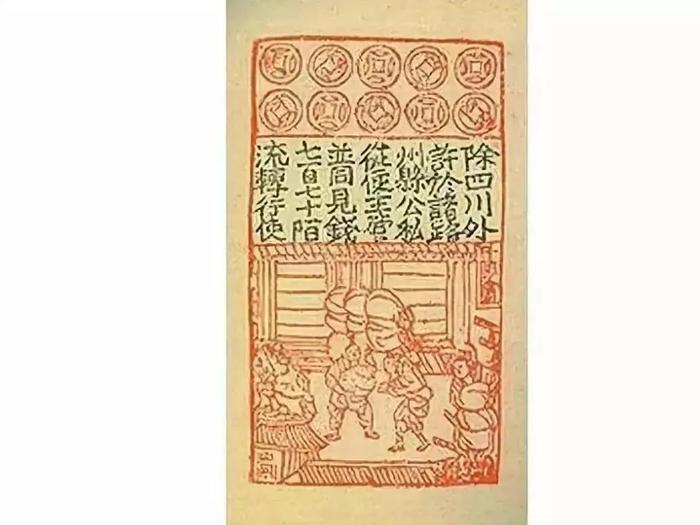The Evolution of Paper Currency: A Historical Overview
The Evolution of Paper Currency: A Historical Overview
The concept of money as a medium of exchange has been integral to human civilization for thousands of years. From bartering goods and services to the use of precious metals, the methods of trade have evolved considerably. Among the most significant developments in the history of money is the advent of paper currency, a system that revolutionized global commerce and continues to be a cornerstone of modern economies.
The Origins of Paper Currency
The origins of paper money can be traced back to China during the Tang Dynasty (618–907 AD). Initially, paper currency was not used by the general populace but was instead a form of promissory note known as “jiaozi.”

Merchants and government officials used these notes as a more convenient alternative to the cumbersome metal coins, which were often bulky and difficult to transport in large quantities.
It was during the Song Dynasty (960–1279 AD) that the use of paper money became more widespread. The government, seeking to address the scarcity of metal coins and the challenges of managing large-scale trade, officially issued the first government-backed paper currency known as “jiaochao.” This early form of paper money was backed by the state and could be exchanged for precious metals at government offices, providing a reliable and efficient means of conducting transactions.
The Spread of Paper Money to the West
The concept of paper currency gradually spread beyond China, reaching the Middle East and Europe through trade routes like the Silk Road. However, it wasn’t until the 13th century that Europeans began to adopt paper money. The famous Venetian explorer Marco Polo, who traveled to China in the late 13th century, wrote extensively about the use of paper money in the Yuan Dynasty under the rule of Kublai Khan. His accounts fascinated Europeans, but the adoption of paper currency in the West was slow and met with skepticism.
In the 17th century, the first European paper money was issued by the Bank of Stockholm in Sweden. This marked a significant turning point, as other European nations began experimenting with their own forms of paper currency. The Bank of England, established in 1694, became a key player in the development of modern banking and paper currency in Europe. By the 18th century, paper money had become a vital component of the financial systems in many European countries, facilitating trade and economic growth.
The Evolution of Modern Paper Currency
As paper currency became more widespread, its design and security features evolved to prevent counterfeiting and to establish trust in the monetary system. Early paper money was often simple in design, but as printing technology advanced, so did the complexity of banknotes. The introduction of intricate designs, watermarks, and serial numbers made paper currency more secure and trustworthy.
In the 19th and 20th centuries, the use of paper money expanded globally, with many nations establishing central banks responsible for issuing currency. The gold standard, which linked paper money to a specific quantity of gold, became a common practice, providing a stable foundation for the value of currency. However, the gold standard was eventually abandoned in favor of fiat money, a system where the value of currency is not directly tied to physical commodities but is instead backed by the trust and authority of the issuing government.
Today, paper currency remains a crucial aspect of the global economy, even as digital forms of money such as cryptocurrencies and electronic payments gain popularity. The history of paper money is a testament to human ingenuity and the continuous quest for more efficient and reliable means of conducting trade.
The development of paper currency has had a profound impact on the world, shaping economies and enabling the growth of global trade. From its origins in ancient China to its widespread adoption across the globe, paper money has evolved in design, security, and function. While the future may hold new forms of currency, the legacy of paper money as a foundational element of modern finance is undeniable.
The Evolution of Paper Currency: A Historical Overview
https://banknote.blog/The-Evolution-of-Paper-Currency-A-Historical-Overview/